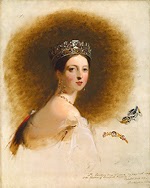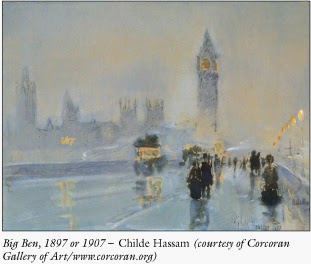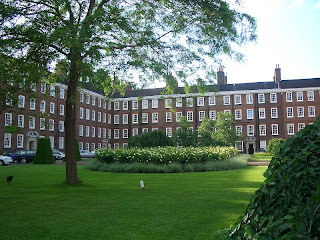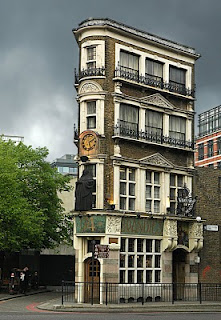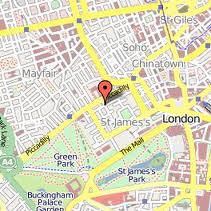Victoria here. The Corcoran lions guard the doors of the gallery, in Washington, D. C., behind which are many treasures, including the Salon Doré, or Gilded Room, an excellent example of French 18th century décor.
I visited with author Diane Gaston, a long-time friend and fellow traveler to England and elsewhere in search of Georgian/Regency-era delights. Diane was as gob-smacked by the beauty of the Salon Doré as I was and we both snapped picture after picture. She was much faster at blogging about our visit than I was. Click here for her post.
The Corcoran’s Salon Doré is one of the finest examples of French Rococo style from the reign of Louis Quinze (XV). Another such gilded salon from Paris can be found in San Francisco’s Legion of Honor Museum. Read more about it here.
From the Corcoran’s website: The Clock of the Vestals marked the passing of the hours in Queen Marie-Antoinette’s boudoir, or private sitting room, in the Tuileries Palace in Paris, adjacent to the Palais du Louvre. The royal family was forced to move there in October 1789 after a mob of Parisians attacked the palace at Versailles, the official residence of the king for over 100 years. In the Tuileries the king and queen held court in gilded splendor but were state prisoners nonetheless. Their last unhappy days together were passed in this palace before they were permanently separated in the mean quarters where they awaited their executions in 1793…The scene on the clock may depict the moment when the vestals, warned of the approach of the Gauls (c. 389), took the sacred fire and vessels from the temple and fled from Rome to Caere, a nearby city…At least sixteen versions of the Clock of the Vestals are known, each having some variation in materials and secondary elements. The clock in the Musée des Arts Décoratifs in Paris, dated 1788, is closest in appearance to the Corcoran clock.”
Other Salon Dorés can be found in palaces, mansions, and museums. Another I have enjoyed visiting was recently re-furbished at the Palace of the Legion of Honor, part of San Francisco’s Fine Arts Museums. Learn about it here.






